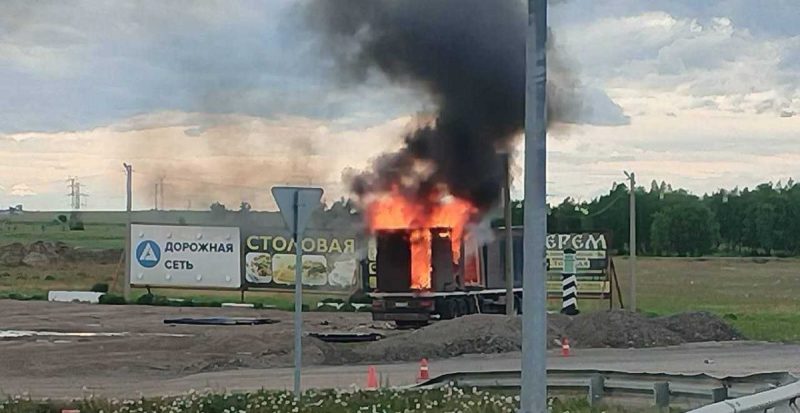
Within hours of Ukraine’s daring drone strike on Russian airfields, videos of the attacks flooded news outlets and social media. These weren’t just typical war reports; they offered a chillingly intimate perspective – a first-person view from the drones themselves. The footage, quickly shared by Ukrainian journalist Vitaly Glagola and later picked up by major news organizations like The New York Times and the Associated Press, showed drones navigating over airfields, capturing the explosions and destruction in stark detail. One video even abruptly ended with a “Warning: no data” message after getting too close to a target.
The operation, dubbed ‘Operation Spiderweb,’ involved a staggering 117 drones launched across the border, marking Ukraine’s longest-range attack yet. President Zelenskyy confirmed the mission’s success, reporting the destruction of 41 Russian aircraft – a significant blow to Russia’s military capabilities. The speed and efficiency with which the videos spread underscored a strategic element of the operation: to broadcast the impact of the attack to a global audience.
This isn’t the first time Ukraine has leveraged social media to document its war efforts. From Zelenskyy’s early selfie videos from Kyiv to the ongoing updates from both him and Commander-in-Chief Oleksandr Syrskyi on X, Ukraine has consistently used social media to maintain international support and build awareness of the ongoing conflict. This strategy has been instrumental in raising millions in donations and even recruiting a global “IT Army” to combat cyberattacks.
The release of these first-person drone videos adds a new layer to this media strategy. The raw, visceral footage captures the intensity and precision of the attack in a way that traditional news reports simply cannot. While Ukraine faces pressure from various sources, including President Trump, to end the conflict, these videos serve as a powerful reminder of the ongoing war and its devastating consequences. The high-impact visuals offer a stark contrast to political negotiations, effectively conveying the reality on the ground in a way that traditional media struggles to match.
The use of drone footage in this context represents a significant shift in modern warfare. It’s a form of real-time propaganda, showcasing military prowess while also serving as a powerful tool for influencing public perception. The immediate dissemination of these videos through social media platforms like X, Bluesky, and Reddit further amplifies their impact, demonstrating the evolving role of technology in shaping narratives around conflict.










